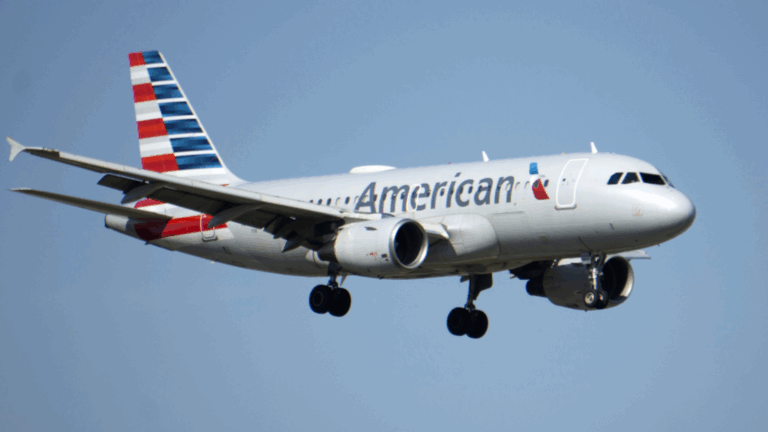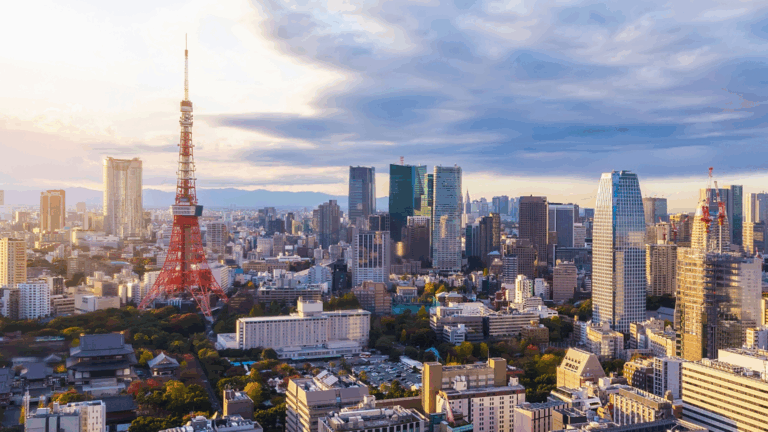The 30 U.S. Cities with the Steepest Crime Declines in 2025, Ranked
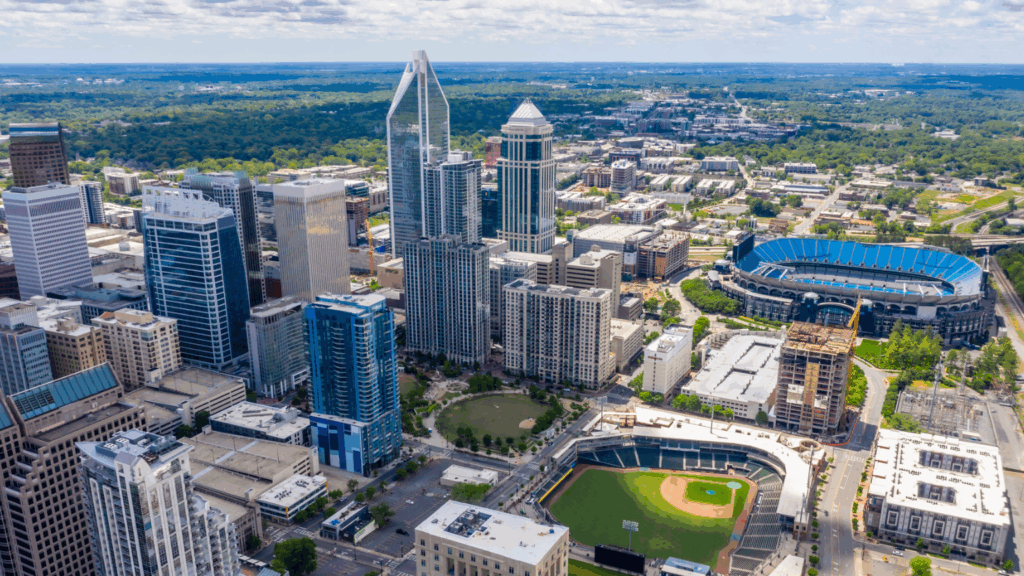
Crime trends change for lots of reasons, and in 2025 many cities got serious about what works day to day. You saw more foot patrols on the busiest blocks, better lighting and cameras where they matter, and faster responses from co-responder teams that pair officers with clinicians. Neighborhood groups took back public spaces with festivals, night markets, and youth sports under the lights. Cities also focused on repeat offenders and the small number of hot spots that drive most calls. The result in these places was fewer incidents, calmer weekends, and a daily rhythm that felt safer. Use these notes to understand what changed on the ground and what you can look for if you are scouting a move.
1) Detroit, Michigan
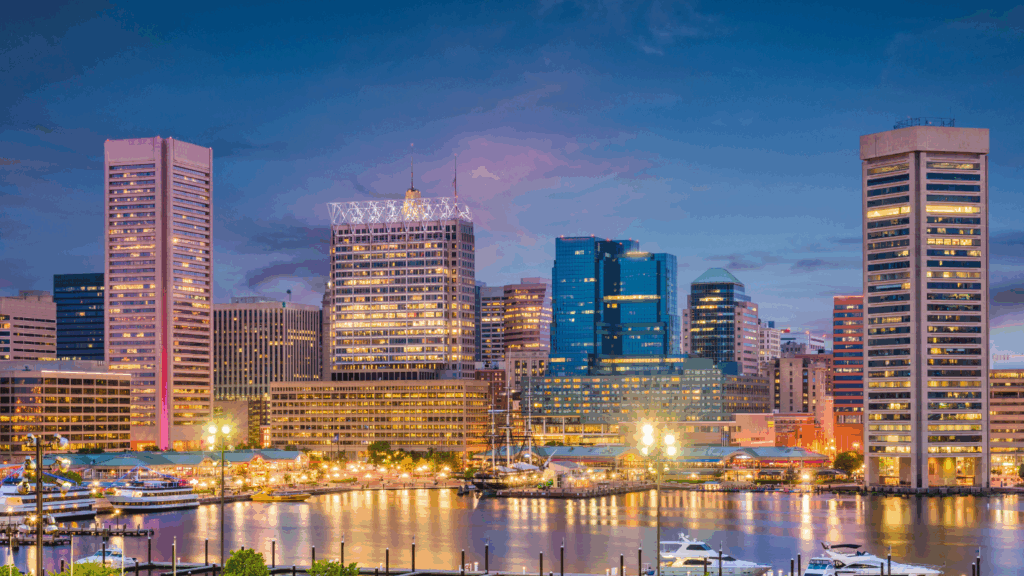
Detroit’s downturn in crime showed up first in the places people feel it most, like block corners and gas stations. The city expanded high visibility patrols on commercial corridors and added license plate readers at known cut-throughs, which helped officers catch stolen cars quickly. Community groups ran Friday night basketball and music events that kept teens engaged past curfew without trouble. Streetlights and cameras were upgraded around schools and parks, so families stayed out later. Prosecutors focused on repeat gun offenders, and courts moved faster on the cases that make neighborhoods anxious. The mix of smart tech, consistent patrols, and busy public spaces made everyday life calmer.
2) Baltimore, Maryland
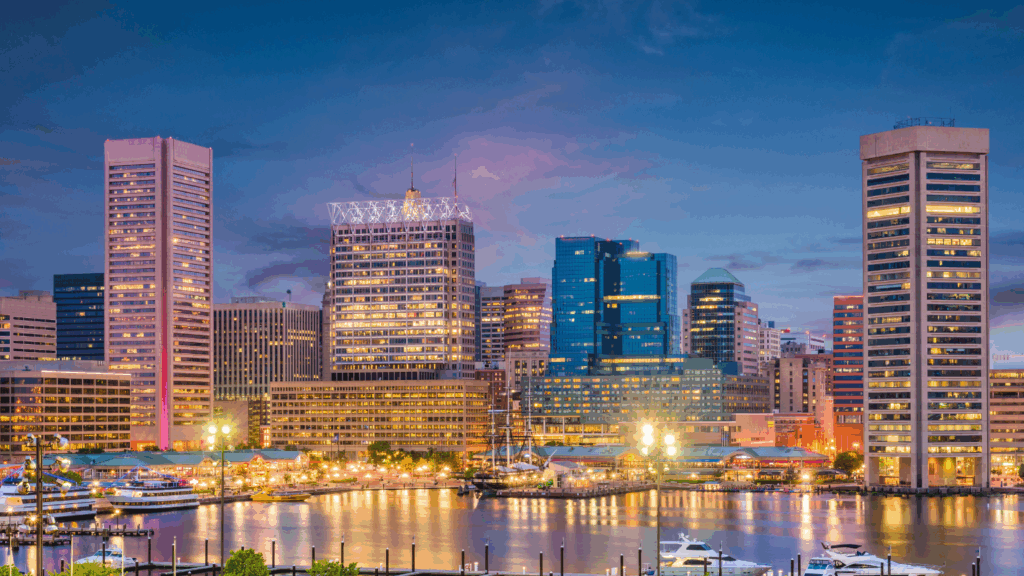
Baltimore concentrated on a few high harm blocks and did not spread resources thin. Violence interrupters and faith partners worked the same corners daily, and their presence became routine rather than reactive. Patrols shifted toward walking beats and bike units during peak hours near transit stops. Vacant homes that attracted trouble were boarded, cleaned, or demolished, and those lots hosted pop-up markets on weekends. Hospital-based intervention teams met victims at the bedside to prevent retaliation. Residents noticed fewer sirens and more families on stoops after dinner.
3) St. Louis, Missouri
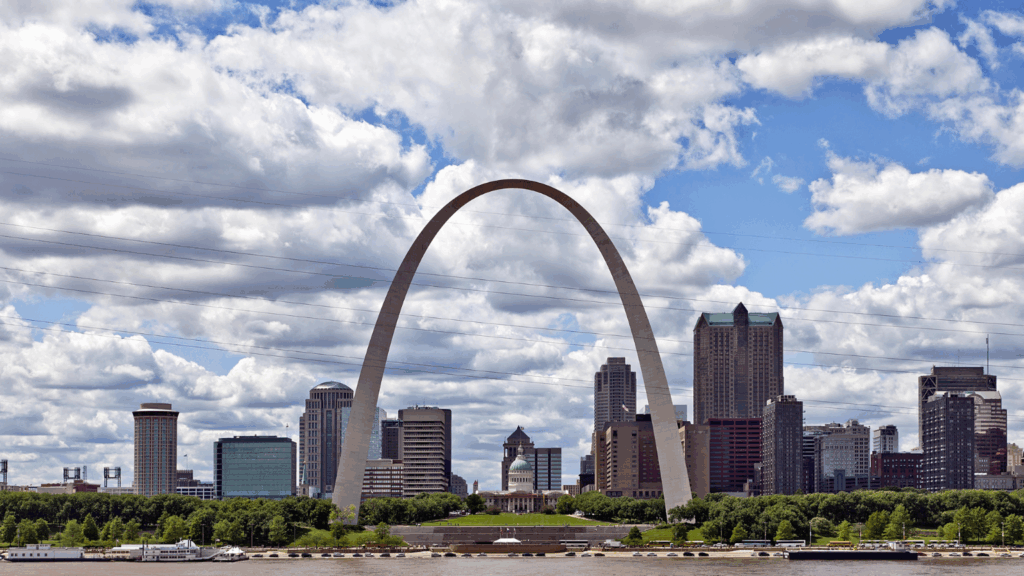
St. Louis leaned into focused deterrence, bringing a small group of known drivers into the room with social workers and prosecutors. The message was clear and consistent, and services were offered just as consistently. Parks in north and south city added lighting, playground repairs, and community coaches, which kept kids where the adults are. Shot detection sensors were tuned to cut false alerts, and patrol cars moved quicker to real calls. Neighborhood cleanup days turned long neglected alleys into usable space. The feel of the city changed from tense to watchful and present.
4) New Orleans, Louisiana
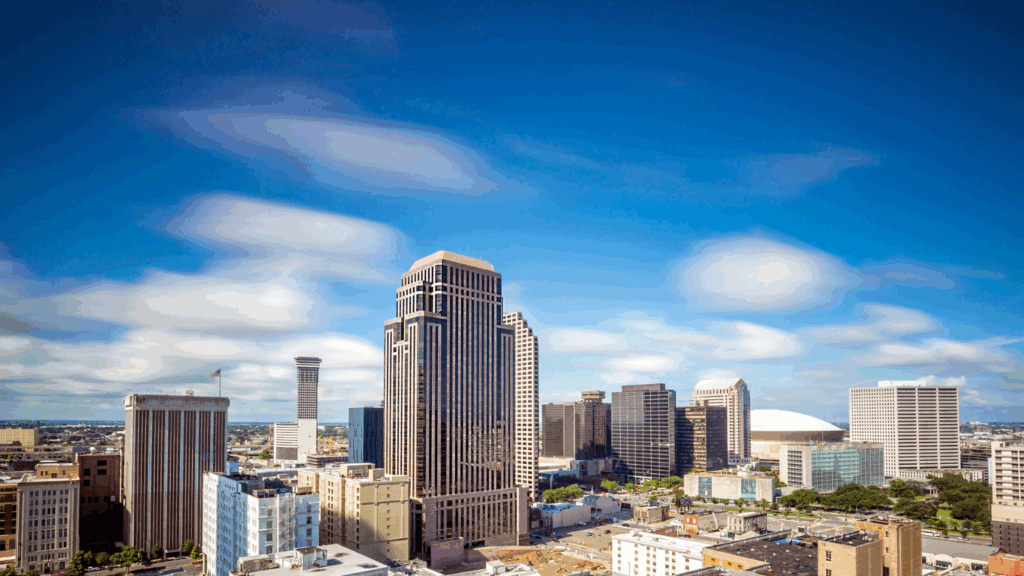
New Orleans paired tourism safety with neighborhood stability. The French Quarter and CBD kept a visible officer presence while residential hot spots got more foot patrols during evening hours. A co-responder model sent clinicians to many mental health calls, which freed up officers for priority incidents. Lighting, cameras, and crosswalk paint went in around schools in Mid-City, Gentilly, and Algiers. Youth jobs programs expanded, and rec centers extended hours through summer heat. People talked more about festivals and less about carjackings.
5) Memphis, Tennessee
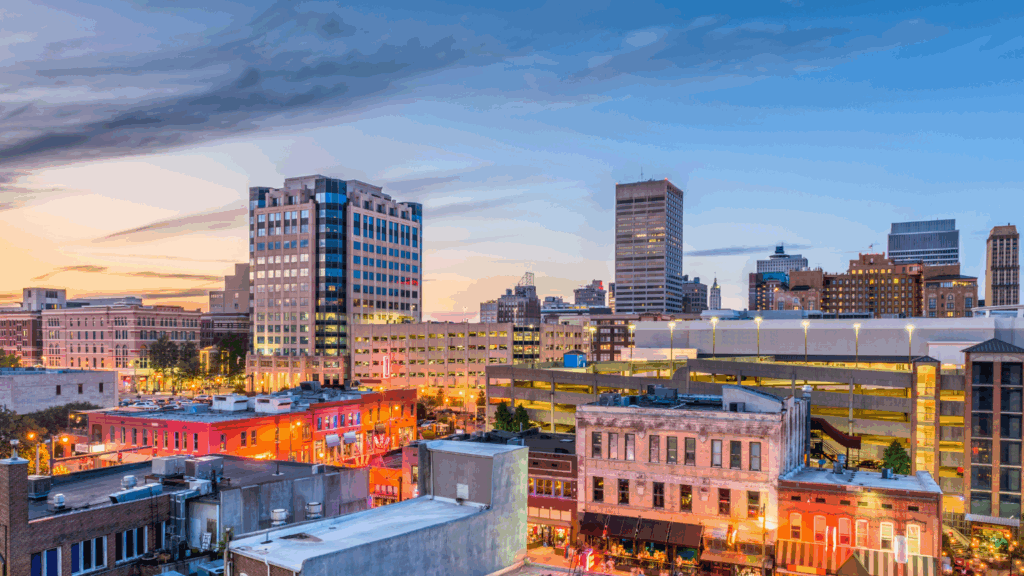
Memphis narrowed its focus to a handful of corridors where most violent incidents clustered. Officers walked those blocks, business owners shared video, and utility crews fixed lighting within days rather than weeks. Summer jobs and mentorships targeted teens who would otherwise drift during long afternoons. Auto thefts dropped as apartment garages installed better gates and residents used steering wheel locks supplied by the city. Neighborhood watch groups met regularly with precinct leaders and tracked issues in shared spreadsheets. The cumulative effect was fewer flare ups and steadier evenings.
6) Chicago, Illinois
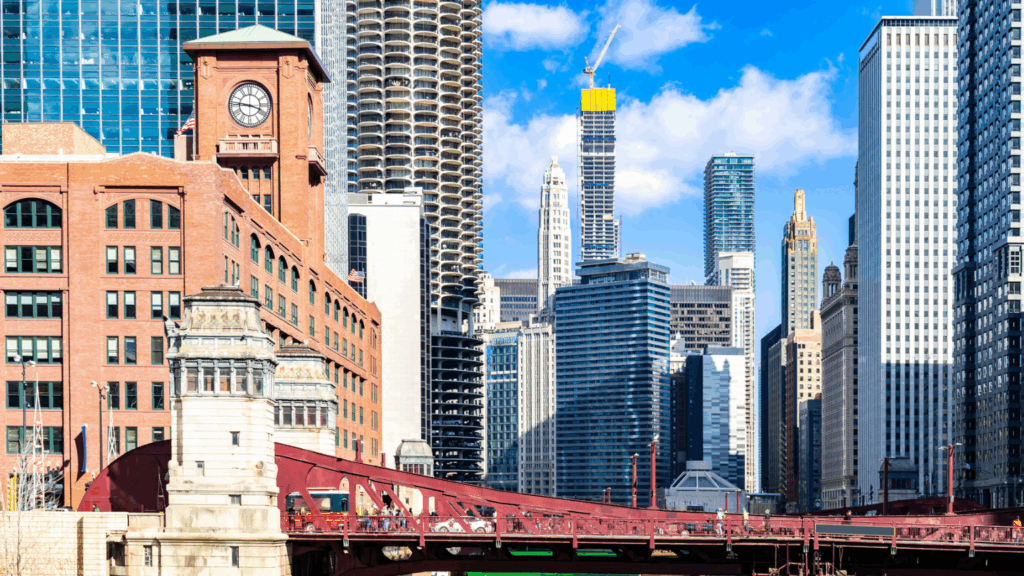
Chicago’s declines were built on neighborhood networks as much as police tactics. Street outreach covered the same blocks daily, school resource teams followed up with at risk students, and busier parks meant fewer empty corners. Priority patrols concentrated on a short list of hot beats, while traffic units reduced dangerous driving that often precedes other incidents. Cameras and license plate readers helped close cases faster, which discouraged repeat attempts. The city funded block clubs to host movie nights and sports under the lights across the South and West Sides. People spent more time outside because it felt reasonable to do so.
7) Philadelphia, Pennsylvania
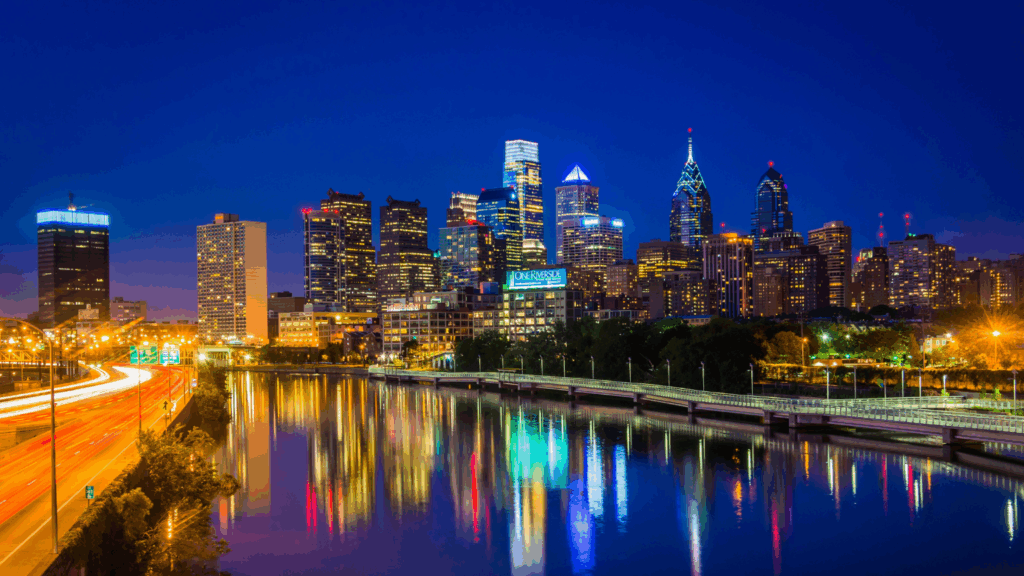
Philadelphia tightened coordination between prosecutors, police, and community partners. A small group of repeat shooters faced swift cases, while diversion programs kept first time nonviolent offenders out of a cycle. Safer Corridors brought crossing guards, lighting, and after school presence to key routes home. Park groups activated fields every weekend with music and sports, and libraries extended evening hours. Illegal dumping hot spots were cleared and fenced, removing places where trouble gathers. The daily experience was more predictable in the best way.
8) Oakland, California
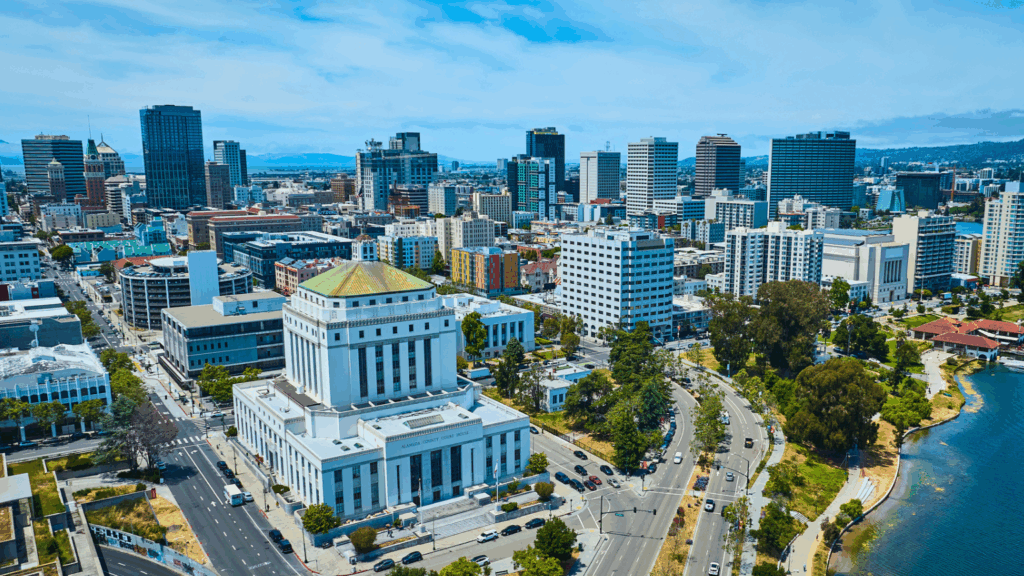
Oakland saw fewer incidents after it paired predictable patrols with targeted environmental fixes. Lighting, cameras, and trimmed sightlines went in on the most complained-about streets. A stronger focus on auto theft rings led to more recoveries and fewer follow-on crimes. Youth programs stayed open late on weeknights so teens had somewhere supervised to be. Community ambassadors added a non-police presence downtown and around transit hubs, which eased tensions. People took transit later in the evening because it felt fine again.
9) Atlanta, Georgia
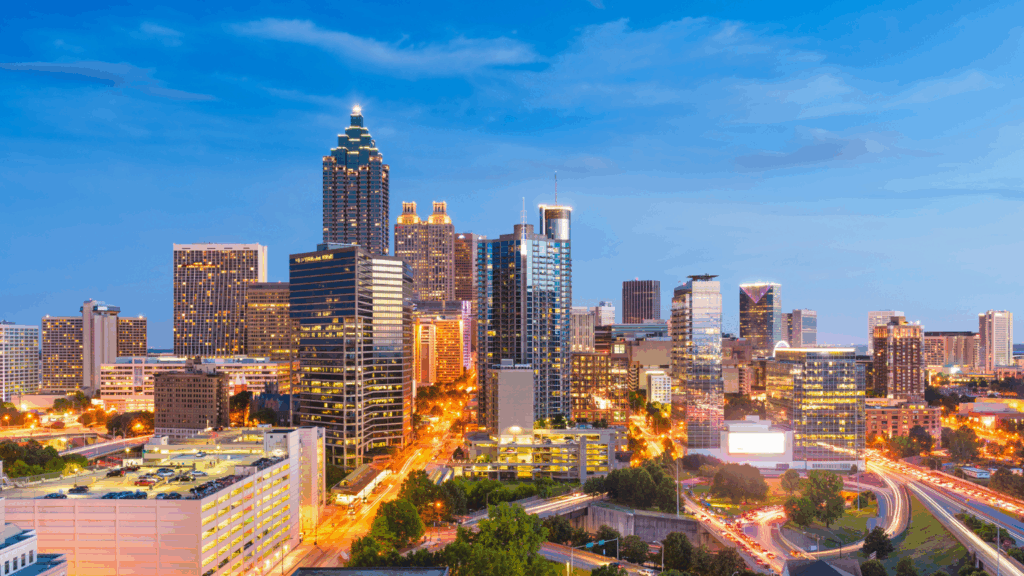
Atlanta’s approach centered on a handful of high traffic zones that drove the majority of calls. More officers walked beats near nightlife areas and transit stations, backed by quick response teams for serious incidents. Apartment managers partnered on access controls and better lighting in parking lots, which cut break-ins. Youth sports and job fairs filled recreation centers all summer, spreading momentum to neighborhoods beyond the BeltLine. Case clearance improved on gun crimes, and word spread. Residents reported feeling safer on the walk from the train to the corner store.
10) Washington, DC
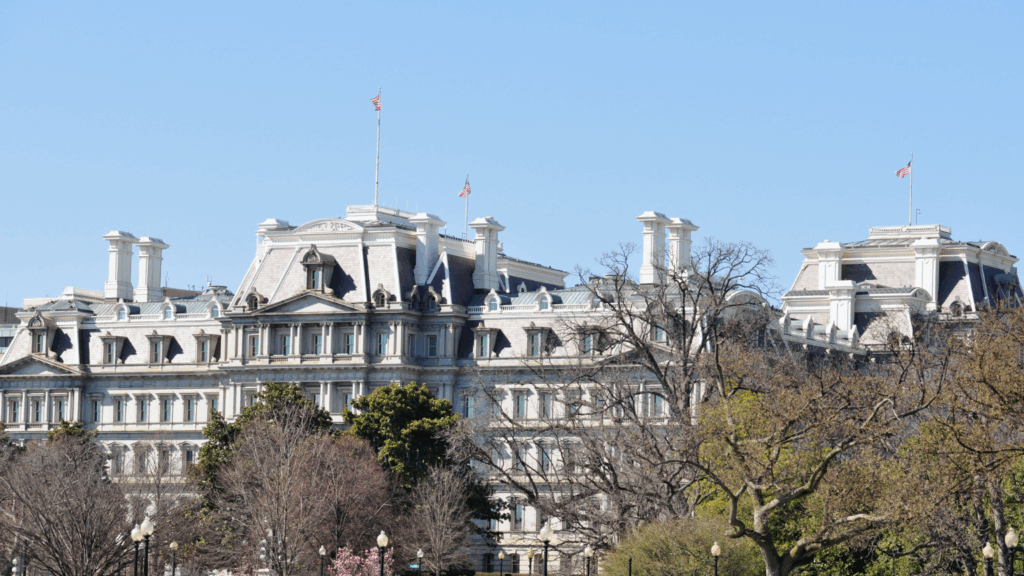
The District’s decline in crime coincided with visible improvements in how public space is used. Night markets, pop-up concerts, and guided park walks gave people reasons to be out past sunset. Officers spent more time on bikes and on foot where the calls concentrate, and they coordinated closely with unsheltered outreach teams. Traffic safety cameras and redesigned intersections reduced dangerous driving that often escalates situations. Apartment buildings got support for better entry controls and secure package rooms. People noticed that the same blocks looked watched, cared for, and lit.
11) Cleveland, Ohio
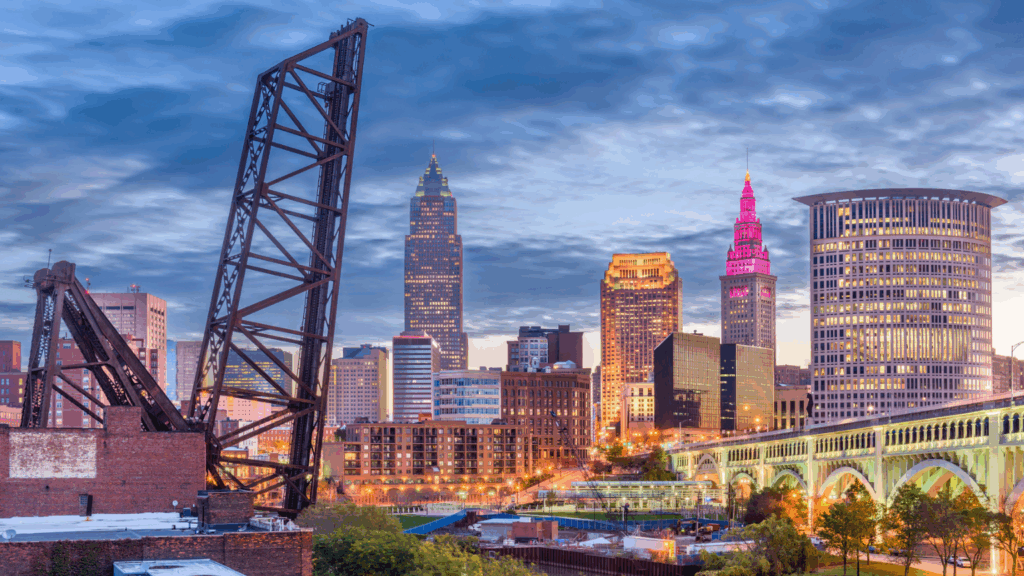
Cleveland made progress by tightening the loop between 911 calls, patrols, and city services. Abandoned cars were removed faster and vacant structures were secured sooner, which knocked down easy targets. Walking beats covered the same routes daily, and small business districts added cameras that fed into a real time center. Youth leagues used parks every evening, and libraries ran homework help late. Case follow up improved in car theft and burglary, which lowered repeat rates. The vibe shifted from reactive to steady.
12) Milwaukee, Wisconsin
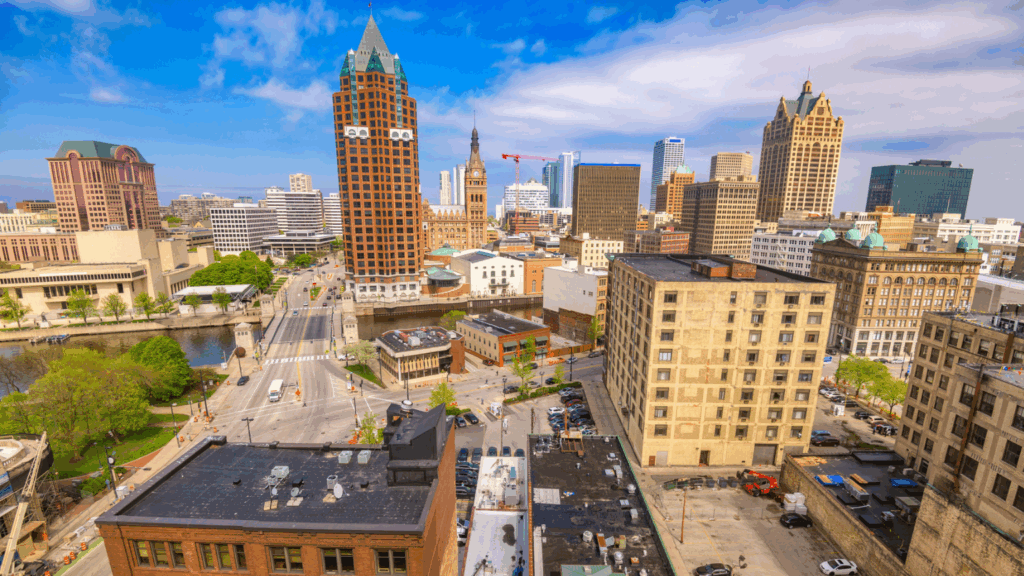
Milwaukee’s gains came from repeat contacts in the same few places. Officers and outreach workers returned to the same doors and the same corners, building familiarity and reducing friction. Lighting upgrades around schools and bus stops made the last half mile of trips feel safer. The city and landlords coordinated on secure parking and anti-theft gear, which cut catalytic converter and car theft attempts. Community centers had lines for evening programs rather than 911 lines for disturbances. People started lingering on porches again.
13) Minneapolis, Minnesota
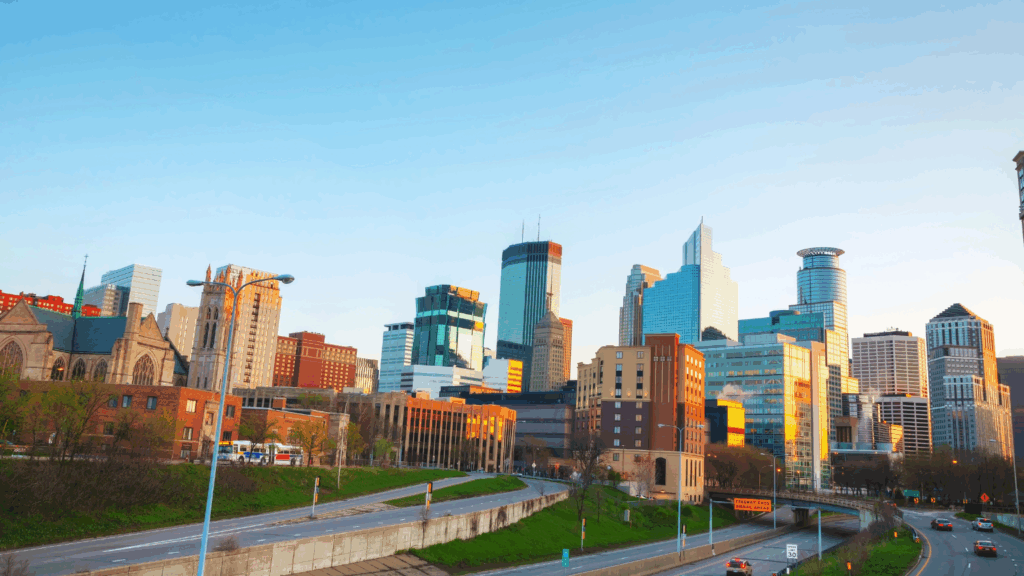
Minneapolis added protected intersections and slower speeds on busy streets, which took heat out of common conflicts. Co-responder teams diverted behavioral health calls away from patrol when appropriate. Youth employment focused on teens in the neighborhoods with the most calls, and supervisors kept programs running through the fall. Parks hosted more low-cost events after dark, and neighbors showed up. Cameras and plate readers helped close cases quicker, especially around commercial nodes. Blocks that once cleared out early held people longer into the evening.
14) Newark, New Jersey
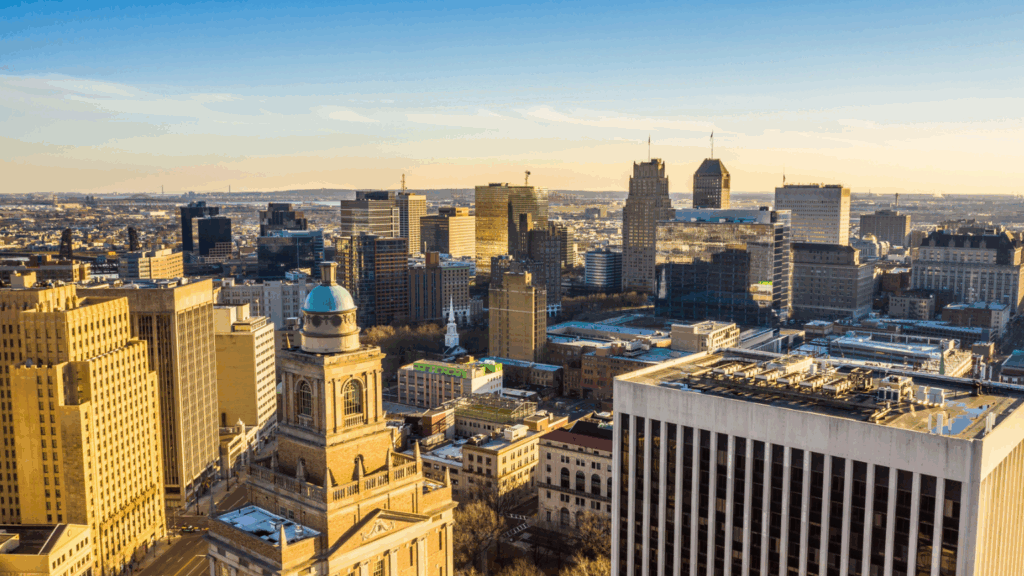
Newark continued a steady multi-year trend by sticking to what works. Officers emphasized foot patrols downtown and around transit, backed by quick response teams after big events. The city supported corner stores with better lighting and exterior cameras, which reduced loitering complaints. Youth sports and art programs ran late, and attendance stayed high. Prosecutors moved chronic cases faster while steering first timers toward services. The result was fewer spikes and a calm, professional feel on the street.
15) Jersey City, New Jersey
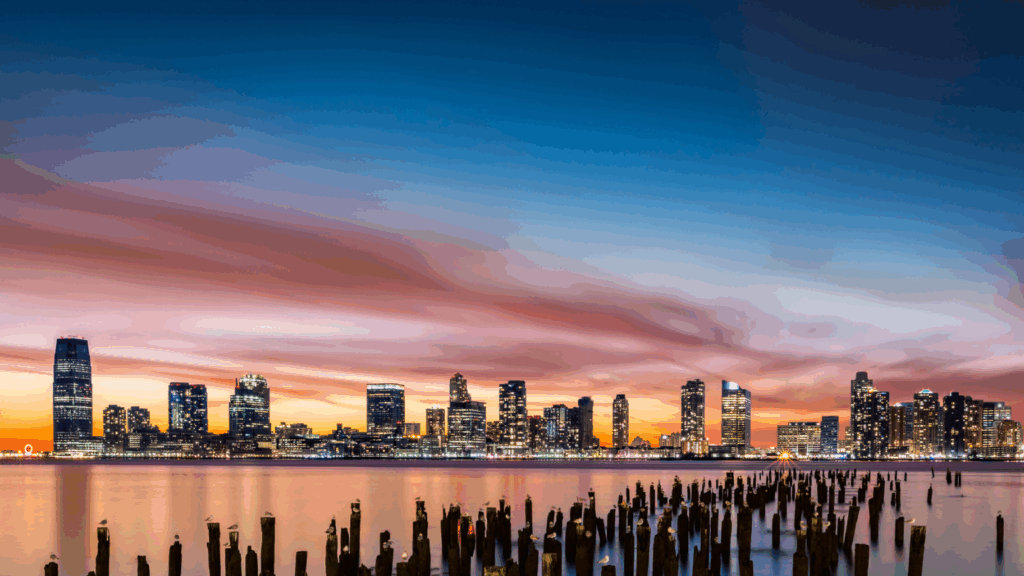
Jersey City focused on the walk to and from the PATH and light rail. More eyes and better lighting on those routes reduced opportunistic thefts. Apartment managers added controlled access and package lockers, which cut lobby issues. Police and community ambassadors shared information quickly to head off repeat problems. Parks were busier after dusk thanks to lighting and regular programming. Residents spent more time outside without thinking twice.
16) Boston, Massachusetts
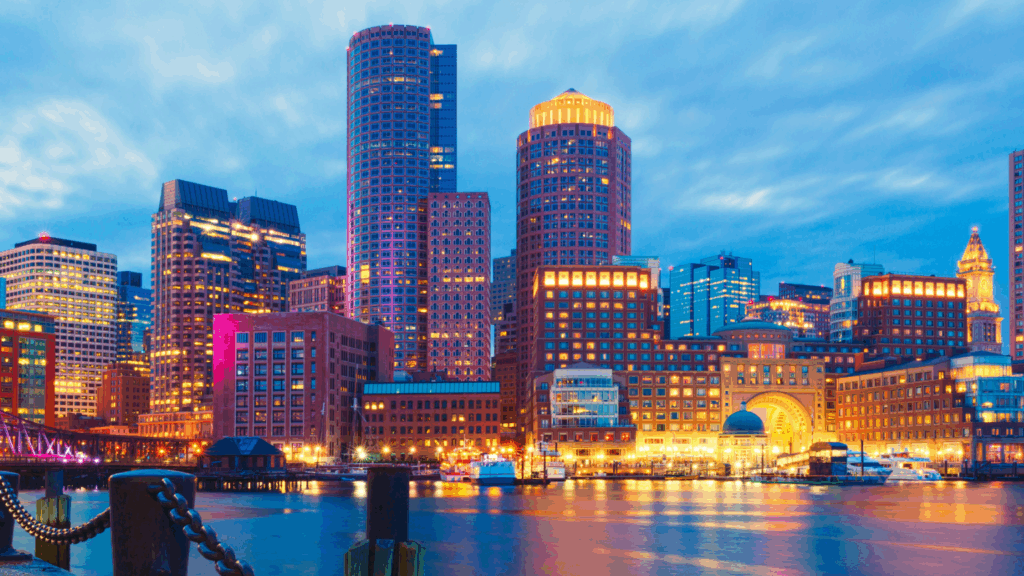
Boston leaned on community policing that residents recognize. Officers stayed assigned to the same neighborhoods, and partnerships with youth service groups deepened. Street design changes around schools and senior centers made the highest foot traffic blocks calmer. Cameras and data analysts helped target the small number of hot spots efficiently. Case clearance rates improved on serious incidents, which discouraged cycles of retaliation. People noticed steadier weekends and more families in public spaces.
17) New York, New York
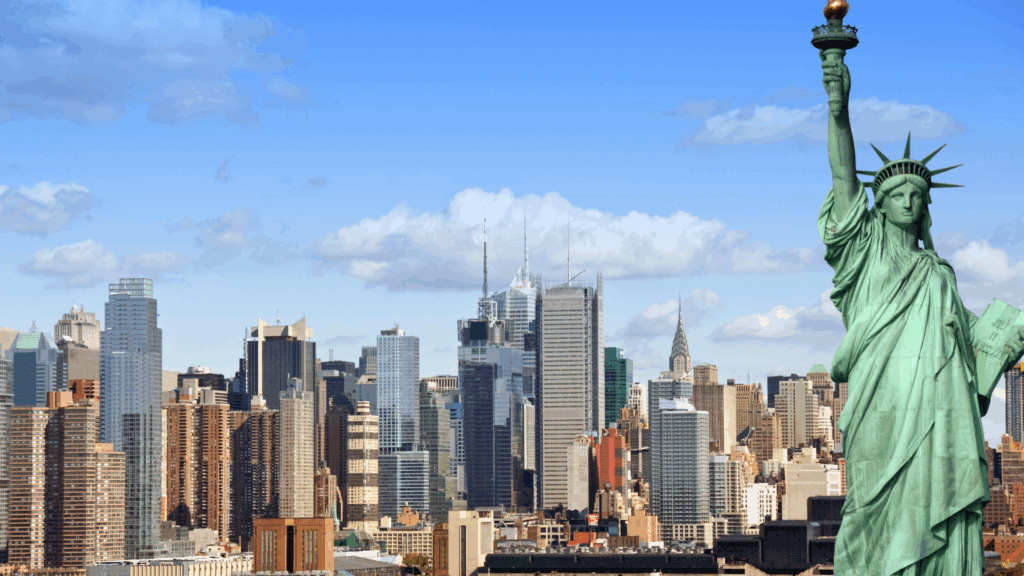
New York’s decline in incidents showed up first on transit and the busiest commercial strips. More uniformed patrols at predictable times, paired with outreach teams for behavioral health, steadied the daily commute. Targeted retail theft operations supported store managers without turning every checkout into a confrontation. The city accelerated lighting and camera upgrades in parks and around schools. Borough prosecutors coordinated on repeat offenders and prioritized quality cases. For most residents the trip home felt routine again.
18) Los Angeles, California
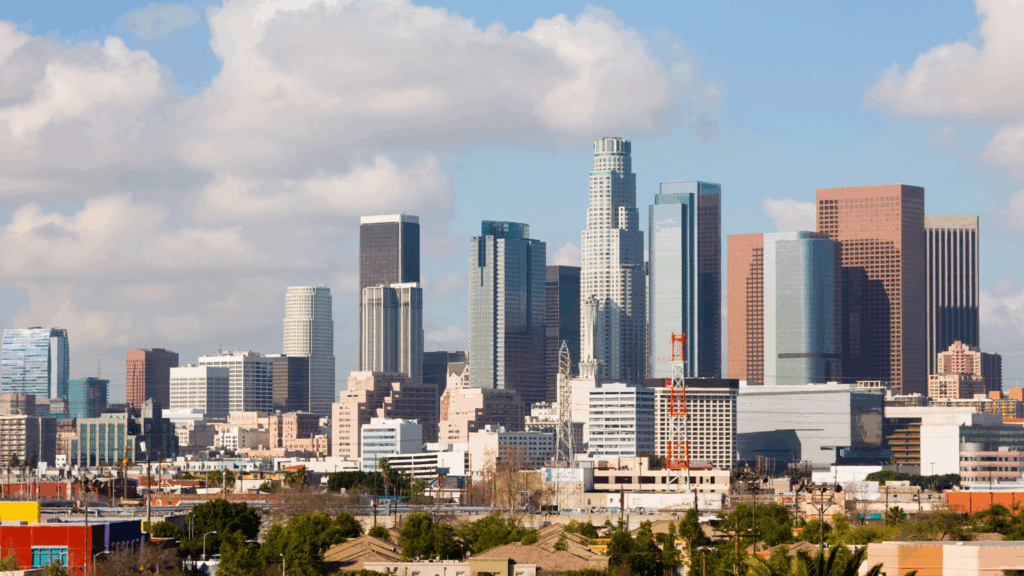
Los Angeles concentrated resources along a short list of corridors that produced the most calls. Bike and foot patrols became a normal sight near transit and nightlife, and cameras helped clear follow-up investigations. Street services teams engaged encampments with offers of shelter and treatment, which reduced conflicts around libraries and parks. Apartment complexes improved entry controls and lighting in garages, cutting opportunistic thefts. Youth programs extended into later hours through summer heat. People felt safer walking from the bus to their building.
19) San Diego, California
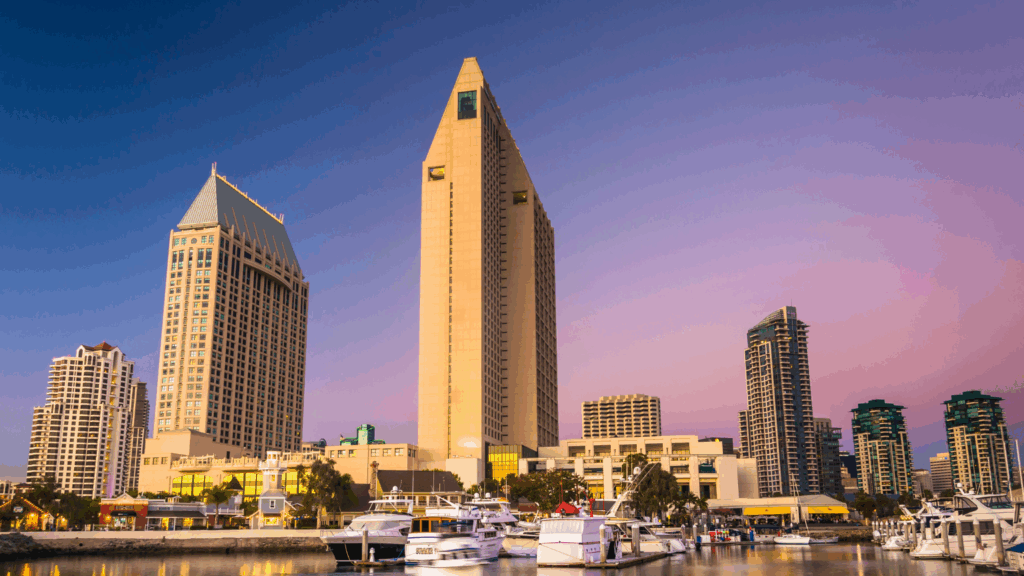
San Diego’s progress tracked with better lighting, steady patrols, and active parks. Neighborhood watch groups met monthly with beat officers to share patterns and schedules. Camera networks around small business districts made it easier to identify suspects and close cases. City crews trimmed vegetation and repaired sightlines at problem corners. Youth surf, soccer, and arts programs drew crowds after school, which kept teens busy and visible. The calm was noticeable in beach towns and inland alike.
20) San Francisco, California
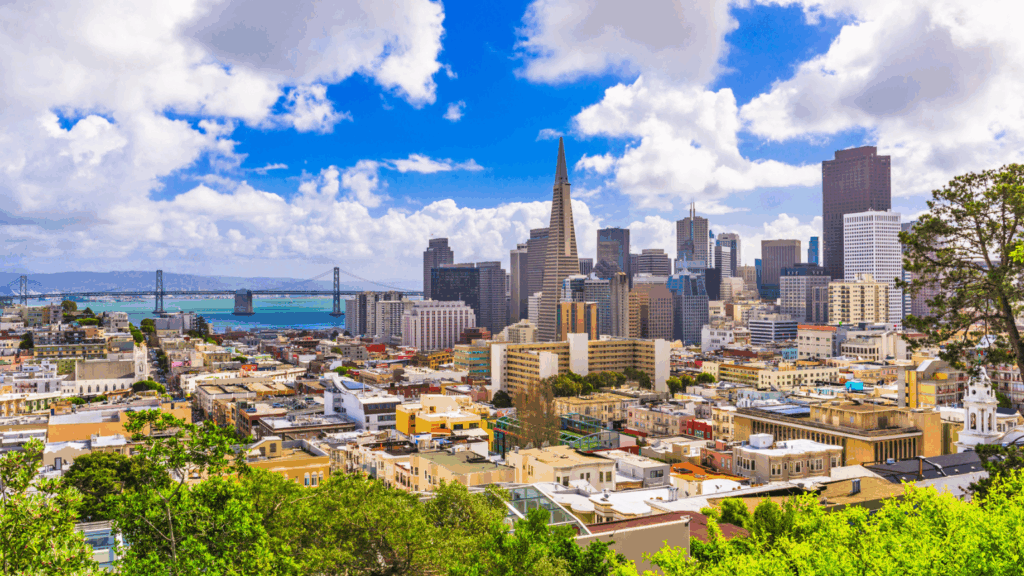
San Francisco focused on transit hubs and the routes between them. More uniformed presence on platforms, quicker cleaning, and brighter lighting reduced issues that make riders anxious. Targeted operations against fencing of stolen goods disrupted repeat activity in a few key blocks. Small business corridors added ambassadors and cameras that fed into a central watch floor. Behavioral health teams handled many calls that did not require arrest, which freed officers for urgent incidents. The city felt more orderly at typical commuting hours.
21) Phoenix, Arizona
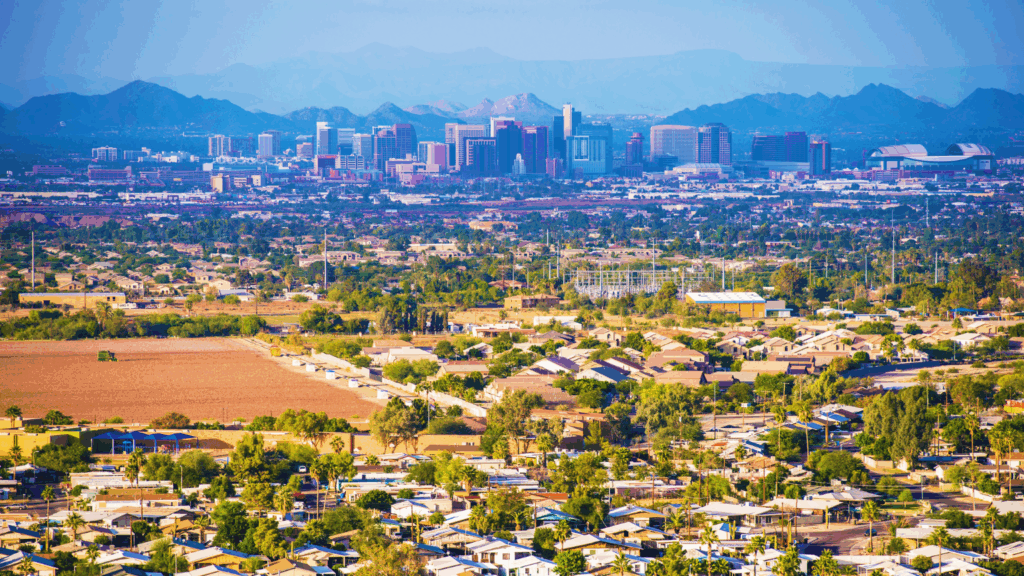
Phoenix treated heat and safety as a package. Shade canopies and lighting at bus stops encouraged more people to wait in public view, which discourages opportunistic crime. Officers patrolled on bikes where the calls concentrate, and traffic units attacked reckless driving that can trigger conflict. Apartment complexes tightened access controls and improved lot lighting. Youth ran track, swam, and played under the lights, which cut unsupervised idle time. People reported easier evenings despite the heat.
22) Mesa, Arizona
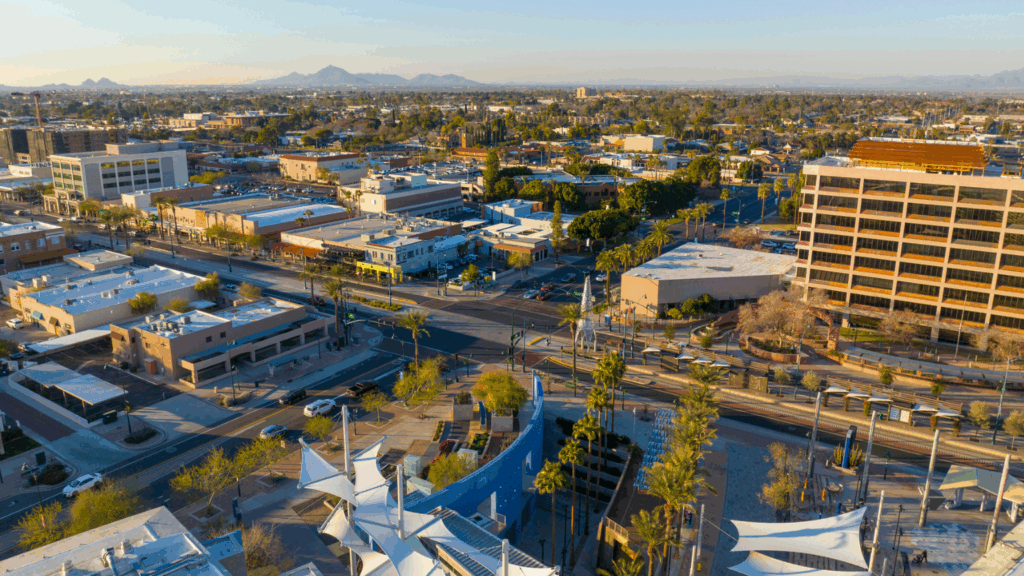
Mesa’s decline aligned with simple, consistent moves. Patrols made frequent, friendly contacts at the same apartment communities and shopping centers, and managers matched that with better lighting and cameras. The light rail corridor got extra attention before and after events. Teen programs filled recreation centers into the evening, and parents appreciated it. Graffiti was removed quickly, and alleys were kept clean, which helped behavior follow the tone. Neighborhoods felt watched in the best way.
23) Dallas, Texas
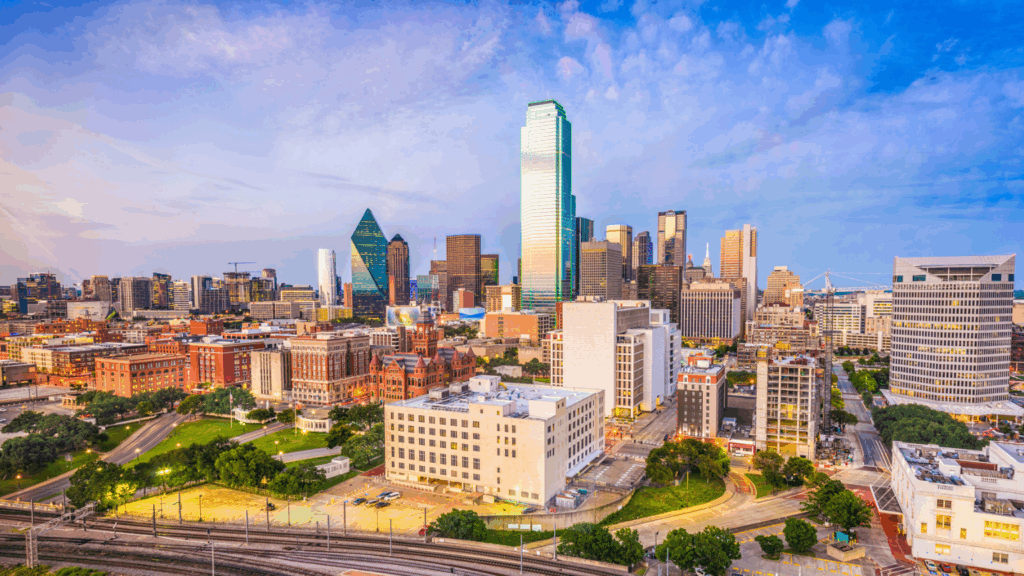
Dallas tightened the focus to a handful of persistent hot spots and worked them daily. Officers walked beats during the busiest hours and coordinated with code, parks, and lighting crews. Cameras and license plate readers helped investigators close cases faster. Youth sports and jobs programs scaled up in the same neighborhoods to absorb after school hours. Storefronts installed better exterior lighting and trimmed shrubs that blocked sidewalks. Blocks that felt edgy a year ago felt normal again.
24) Fort Worth, Texas
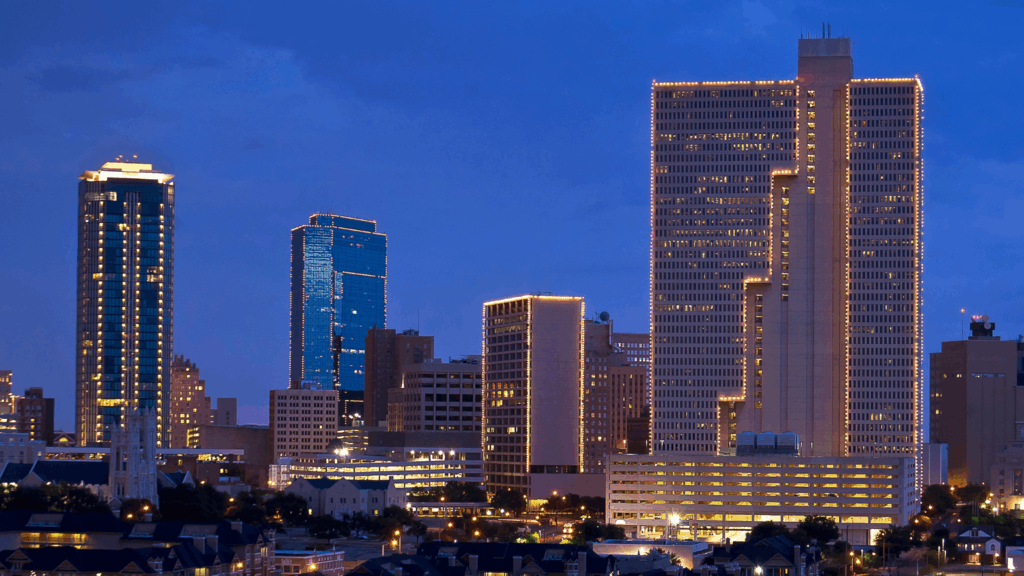
Fort Worth leaned on a practical playbook. Neighborhood patrols stuck to predictable schedules, which built trust and visibility. The city fixed lights, crosswalks, and alley issues in days rather than months on the worst-offending streets. Apartment managers added access controls, and residents used steering wheel locks supplied by the city. Outreach teams engaged individuals in crisis before situations escalated. Families stayed longer at parks, and evening errands felt routine.
25) Houston, Texas
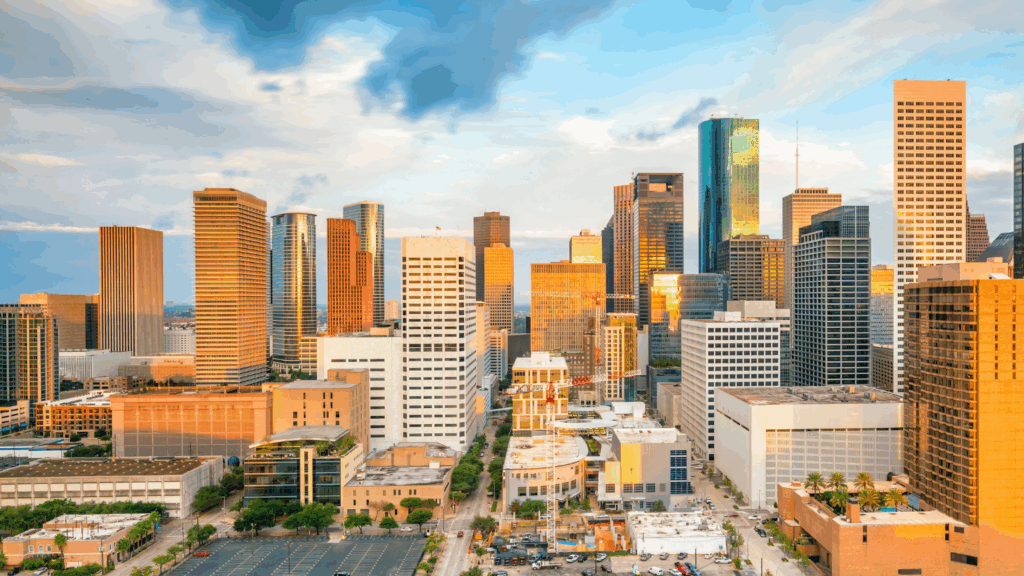
Houston’s improvements were most visible on busy arterials and apartment corridors. High visibility patrols and traffic enforcement reduced reckless driving that often precedes confrontations. Complexes added cameras and secure mail areas, which cut opportunistic thefts. Outreach teams paired with officers on mental health calls, keeping many incidents from turning into arrests. Youth leagues were packed, and community centers stayed open later through summer. Life felt more manageable between work and dinner.
26) Charlotte, North Carolina
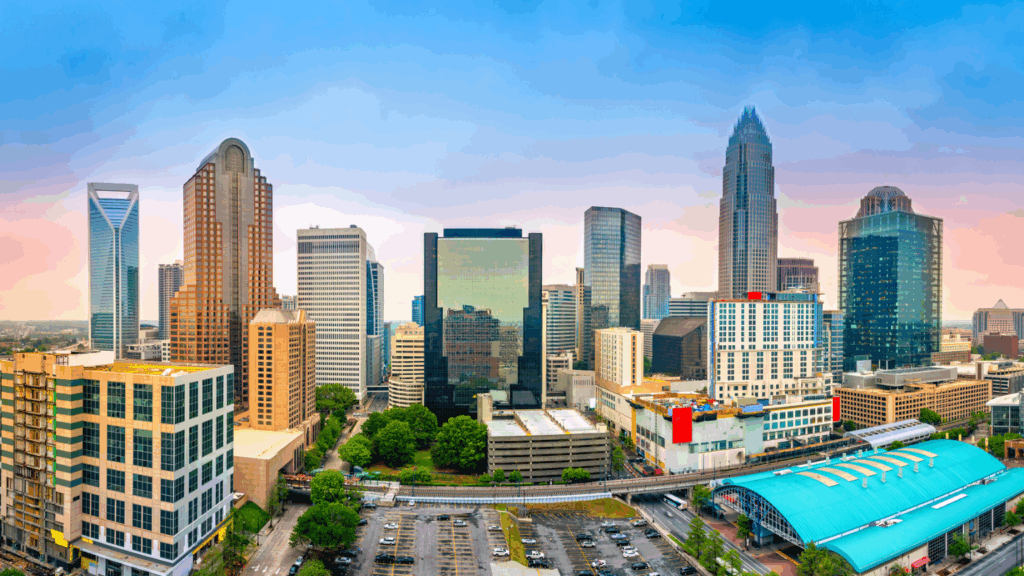
Charlotte worked a short list of high call zones with relentless consistency. Foot and bike units were present when crowds gathered, and business owners partnered on lighting and cameras. The city reclaimed vacant lots for pop-up sports and markets, which replaced empty space with supervised activity. Traffic calming near schools and libraries reduced conflicts on the walk home. Prosecutors coordinated on repeat cases so victims saw follow-through. Residents reported quieter weekends and steadier commutes.
27) Nashville, Tennessee
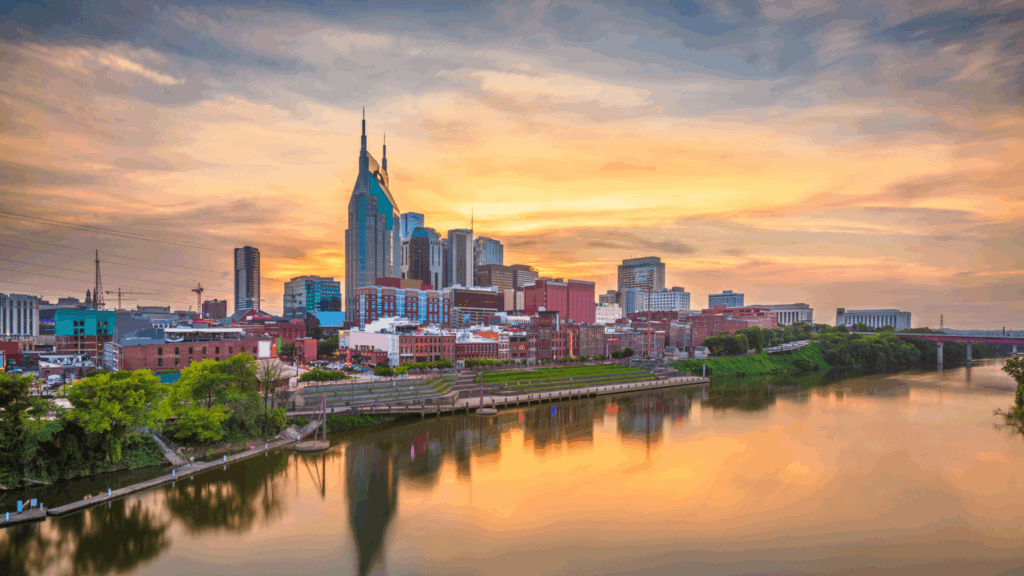
Nashville balanced nightlife management with neighborhood calm. Officers were visible on the Broadway spine and at popular districts while community officers kept steady contact in residential areas. Lighting and cameras improved around parking lots where thefts clustered. Youth music and sports programs ran nightly in rec centers, drawing strong attendance. Cases moved faster for the small group of drivers who caused most harm. People felt better about walking from shows to their cars.
28) Tampa, Florida
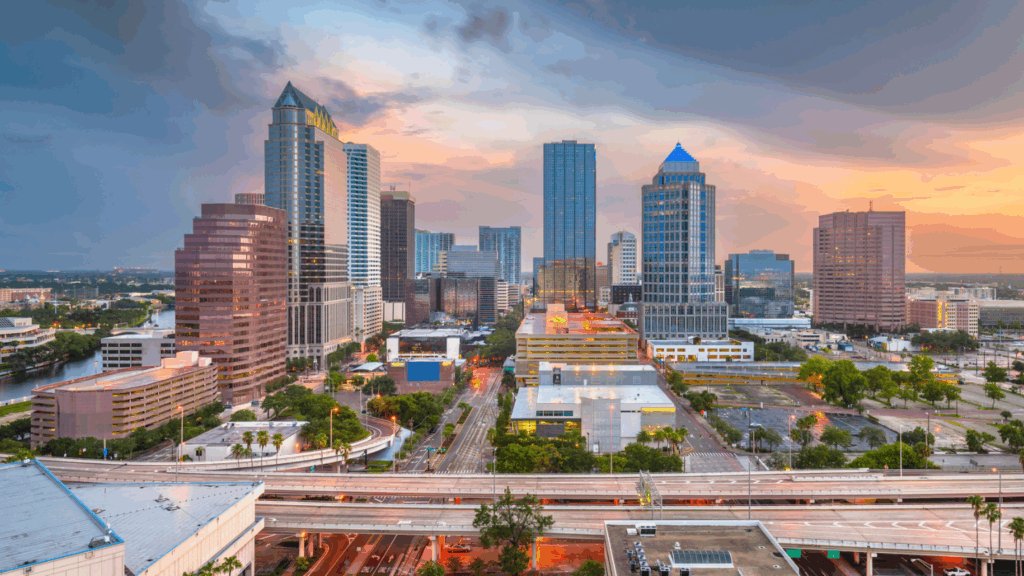
Tampa’s decline coincided with cleaner, brighter, busier public spaces. Riverwalk stretches got more lighting and patrols during evening hours. Neighborhoods added traffic calming and crosswalks that made local trips safer. Storefronts upgraded exterior cameras and worked with officers on quick evidence sharing. Youth leagues and summer jobs programs focused on the same districts that drove most calls. Residents noticed more strollers and joggers after sunset.
29) Jacksonville, Florida
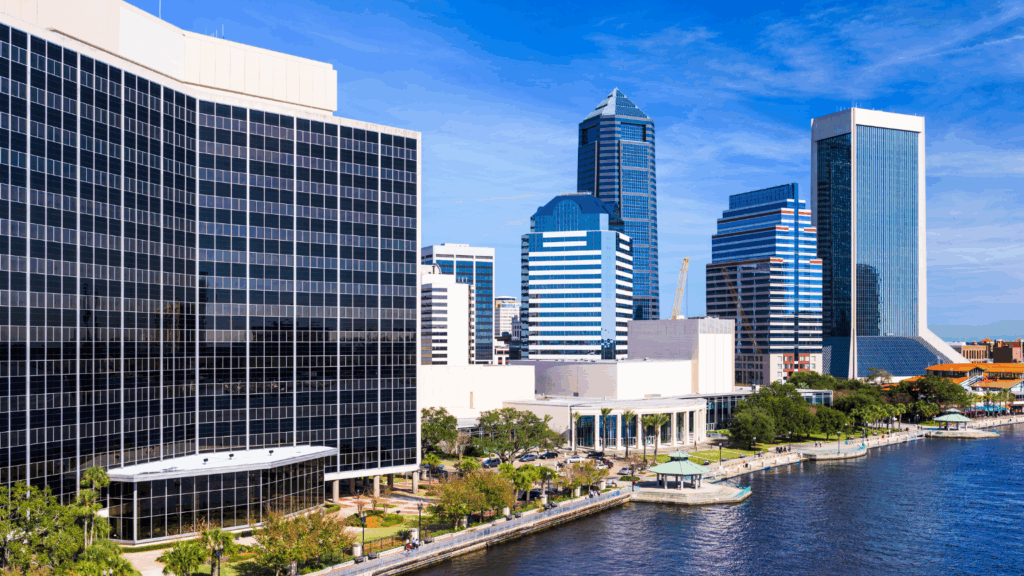
Jacksonville emphasized strong basics. Officers spent more time walking beats along beach corridors and older commercial strips inland. Code enforcement and public works cleared blight and improved lighting quickly at addresses with repeat calls. Apartment communities tightened access and secured parking lots. Youth jobs and sports under the lights soaked up evening hours that once produced calls. Neighborhoods felt steadier and less reactive.
30) Albuquerque, New Mexico
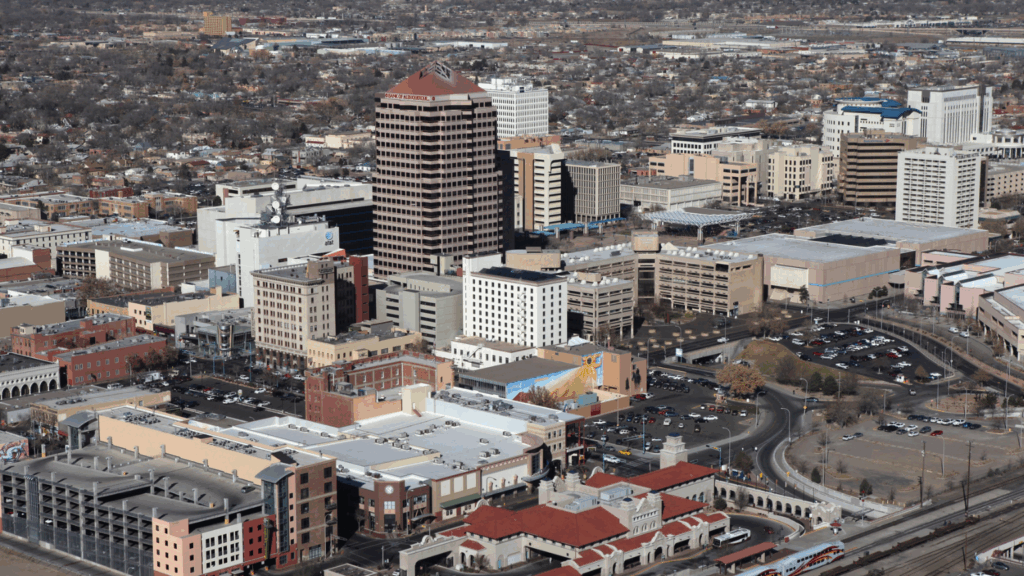
Albuquerque paired shade, lighting, and presence in the places that needed it most. Bus corridors got more patrols and better stop amenities, which encouraged bystanders and discouraged opportunists. Parks and rec centers extended evening programs with strong attendance. Co-responder teams took many mental health calls, leaving patrol units for hot spots. Apartment managers improved gates and lot lighting, cutting thefts. The sum of small changes made summer nights feel safer.
This article was written by Hunter and edited with AI Assistance

